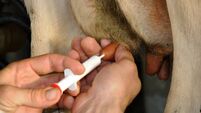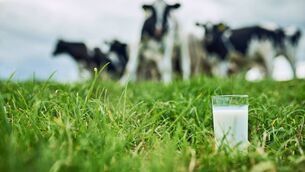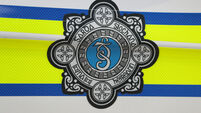Agri fatality rates eight times higher than other Irish industries

Coxwain Martin Moriarty, Valentia RNLI boat taking part in a test run emergency plan to Scellig Mhicil with members of The Civil Defence, ,Garda Siochana, Valentia and Waterville Coast Guard, HSE Ambulance Crew, Waterford and Shanon Coast Guard Helicopters, Medico, Cork University Hospital, co-ordinated by Irish Rope Access.
Fatality rates associated with injury in Ireland's Agri/aqua sector are up to eight times higher than any other Irish Industry, according to Dr Jason van der Velde, Pre-hospital Emergency Medicine Specialist and clinical lead HSE National Telemedicine Support Unit (Medico Cork).
"Our parents helping on the family farm aged over 65 years make up 50% of all annual fatalities; our sons and daughters living on the farm 23%. In those that sustain life-threatening or life-changing injuries on farms, about 200 per year, 27% are over 65 years and 6% are children," he said.













